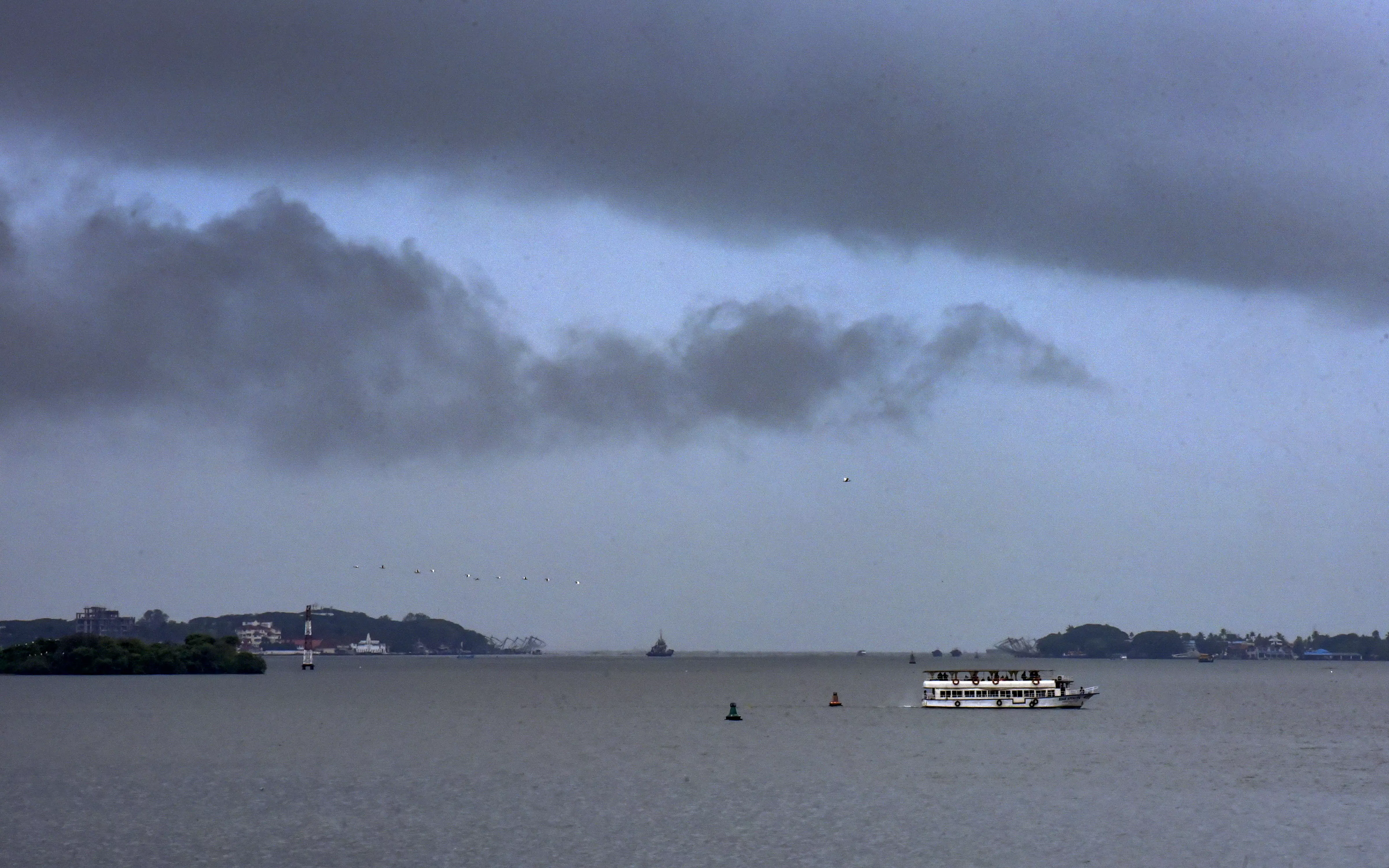Monsoon Stumbles In June After Record May Rain
“Such fluctuations are common during the early monsoon phase. If July behaves well, the overall Kharif season may still remain on track” : IMD Official

HYDERABAD: After a quick arrival and record-breaking May, the monsoon has weakened in June, with rainfall dipping well below normal across most districts. As of Tuesday, the state recorded just 59.2 mm of rainfall against the month’s normal of 101.7 mm, marking a 42 per cent deficit.
This is in sharp contrast to May, which saw an extraordinary 121.3 mm of rainfall — nearly 253 per cent above the average for the month of 34.3 mm. That made it one of the wettest pre-monsoon months in recent memory.
“In May, we saw unusually persistent systems bringing widespread thunderstorm activity, especially in north and central Telangana,” said a senior official from the Telangana Development Planning Society (TGDPS). “But June has not followed the usual monsoon trend. There’s been a visible weakening in the Bay of Bengal branch so far, which is partly why rainfall is trailing.”
The June shortfall has impacted most of the state’s 33 districts. According to official data, at least 19 districts fall under the “deficient” category, while 14 are in the “large deficient” range — with shortfalls exceeding 60 per cent. Key regions have experienced less than one third of their usual June rainfall: Hyderabad (minus–69 per cent), Medchal-Malkajgiri (minus–72 per cent), Karimnagar (minus–71 per cent), and Hanumakonda (minus–79 per cent).
The monsoon has also been sluggish in terms of rainy days. The average number of rainy days in June is just 8, with some districts seeing only two to four days of rainfall in total. In contrast, May had seen frequent and well-distributed showers due to strong pre-monsoon convection activity.
Despite the lull, meteorologists say July could still revive monsoon momentum. “There is no reason to panic yet,” said a senior IMD official. “Such fluctuations are common during the early monsoon phase. If July behaves well, the overall Kharif season may still remain on track.”
Agricultural officials are keeping a close watch, especially as reservoirs and groundwater recharge from May’s rain may not be sufficient for sustained crop growth if July also underperforms.
The unusually wet May followed by a weak June has made it harder to predict the season’s course, and placed added pressure on July rains to make up the gap.

